Piriformis syndrome is a condition characterized by tightness or spasms in the piriformis muscle. If you’ve been diagnosed with piriformis syndrome and it seems like the pain just won’t go away, you’re not alone. In this article, we’ll examine some of the causes of piriformis syndrome and outline some effective treatment options.

What Do You Experience When Flare-Up
In many cases, piriformis syndrome occurs when the piriformis muscle becomes tight or inflamed. This can cause pain and discomfort in the buttock, hip, and lower back.
When the piriformis muscle flares up, it can cause various symptoms such as numbness, shooting pain from the buttocks down the leg, muscle twitching, and cramps. These conditions are often caused by injuries, repetitive strain, or overuse of the muscle, especially when sitting for long periods, driving, or after running.

To release or prevent such flare-ups, it is crucial to maintain the activation of the piriformis muscle and avoid excessive tension. Establishing a routine that focuses on keeping the piriformis muscle active and implementing strategies to reduce muscle tightness can contribute to the resolution of piriformis syndrome symptoms.
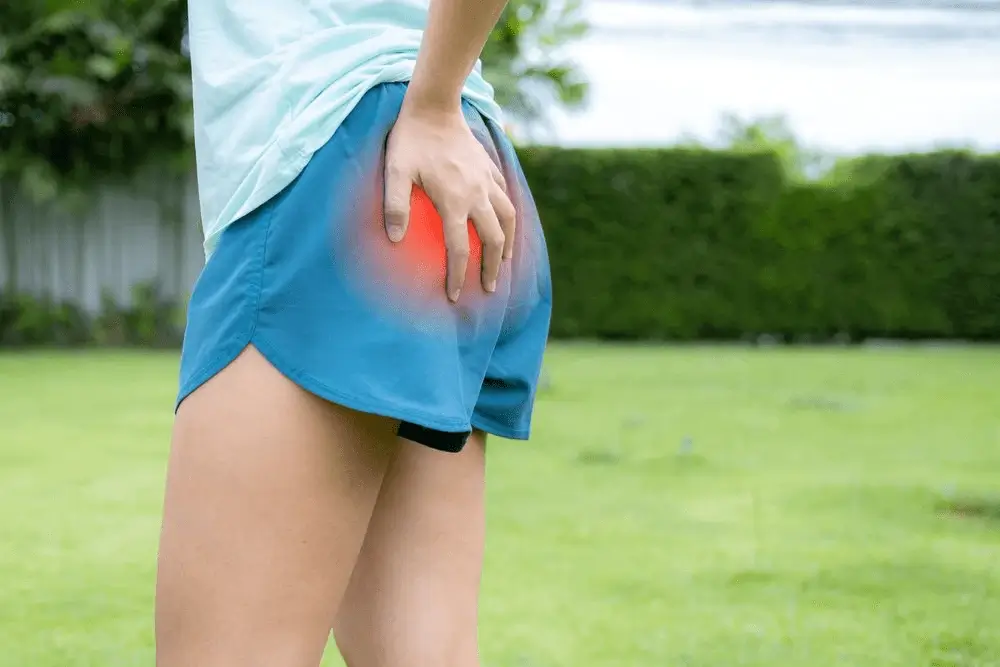
Does Piriformis Syndrome Go Away
Piriformis syndrome can persist for several reasons, including delayed recognition of early symptoms, repetitive strain on the muscle, and insufficient treatment measures.
To effectively eliminate and manage piriformis syndrome, it is crucial to implement a comprehensive and targeted treatment plan that helps the condition “go away” and provides long-term relief.
This may include a combination of physical therapy, stretching exercises, muscle strengthening, lifestyle modifications, and potentially the use of medication or therapeutic interventions.
By addressing the underlying causes and factors contributing to piriformis syndrome, individuals can enhance their chances of achieving long-lasting relief and restoring optimal functionality.
Seeking guidance from healthcare professionals can ensure the development and implementation of a tailored treatment plan that suits individual needs and goals.

How to Make Piriformis Pain Go Away
Piriformis pain can be a constant source of discomfort, interfering with daily activities and overall quality of life. While muscle relaxers may provide temporary relief, it is essential to take a more proactive approach to make piriformis pain truly go away.
Physical therapy
Engaging in targeted exercises and stretches can help alleviate piriformis pain. Massage therapy can also be beneficial, as it helps relax the muscles and release tension. Combining these two approaches can effectively target the trigger points causing discomfort.
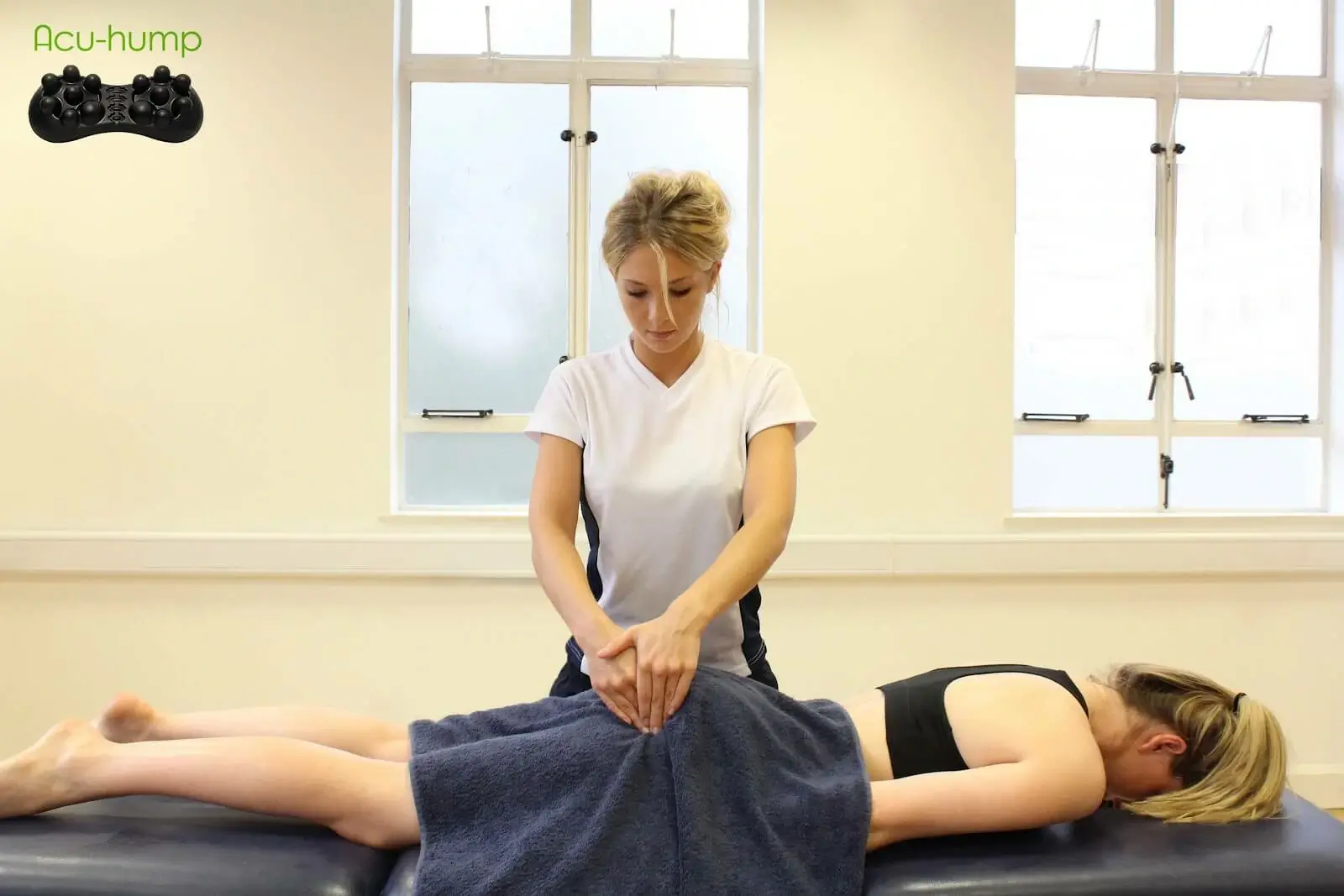
Download the Piriformis Syndrome Stretch PDF at the end of the article. Practice it for just 10 minutes daily and make piriformis syndrome go away.
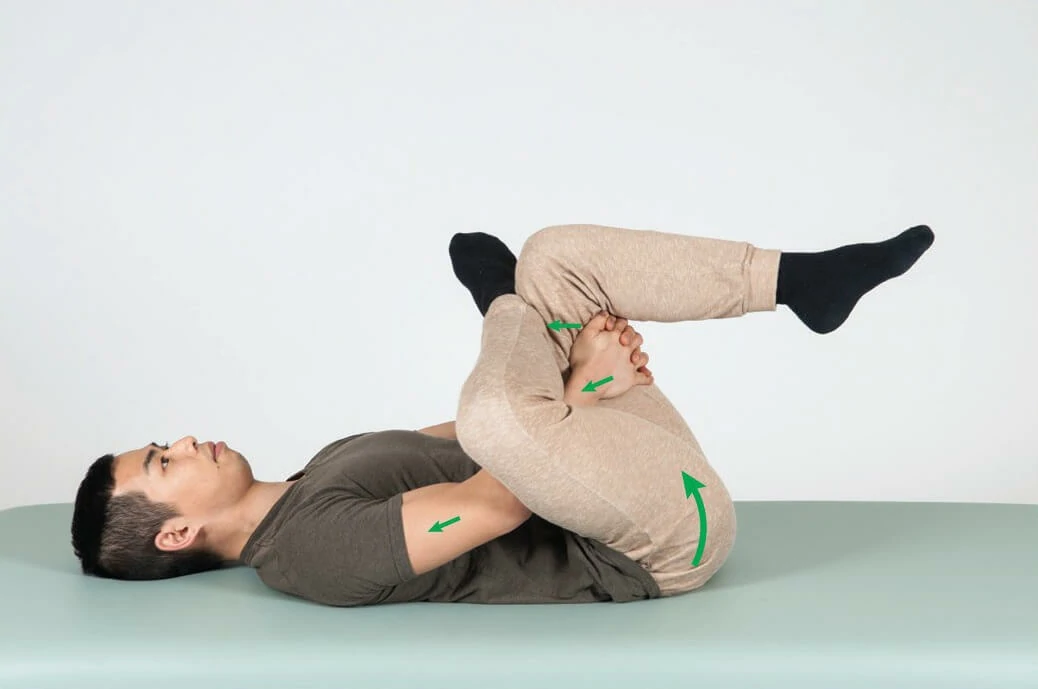
Acu-hump: Massage & Stretch
Experience targeted relief for muscle knots in the buttocks with Acu-hump, a massage and stretching tool.
Apply pressure to specific trigger points, loosen tight buttock muscles, and find pain relief with the Acu-hump massage stretcher.
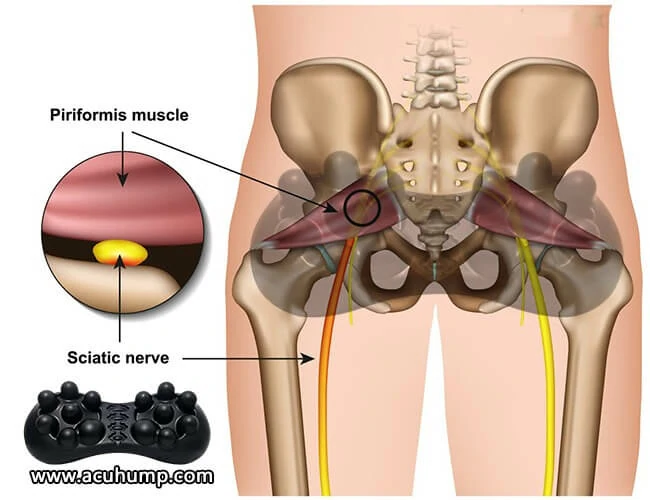
Acu-hump® Release Tight Piriformis
You can easily perform targeted self-massage on the affected area by pressing your buttocks over the larger massage bumps of the Acu-hump.
The pressure from Acu-hump’s massage bumps is similar to a massage therapist’s fingers, allowing you to achieve a deep tissue massage to your piriformis muscle.
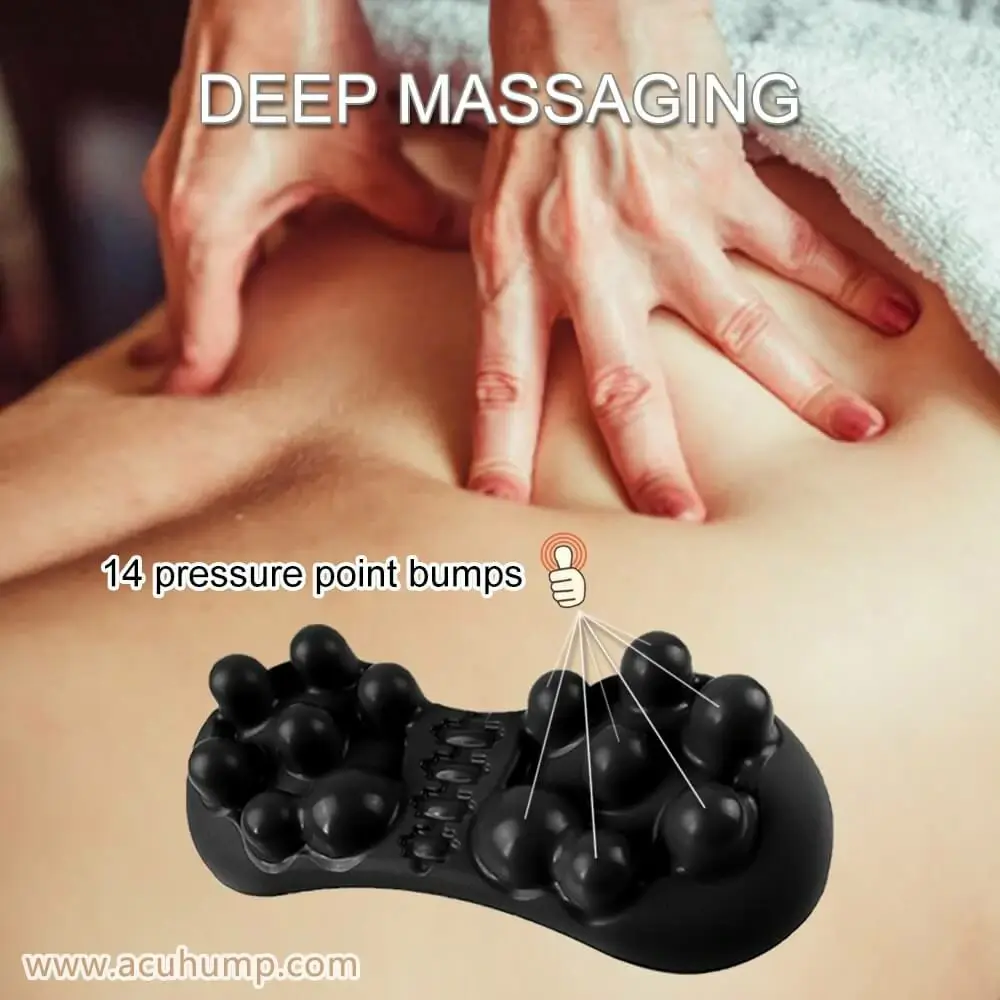
Acu-hump: 30-day return policy. No risk for you.
How to relieve buttock muscle pain?
Whether you’re sitting or lying down, the Acu-hump caters to your entire buttock muscles, targeting the upper, middle, or lower region.
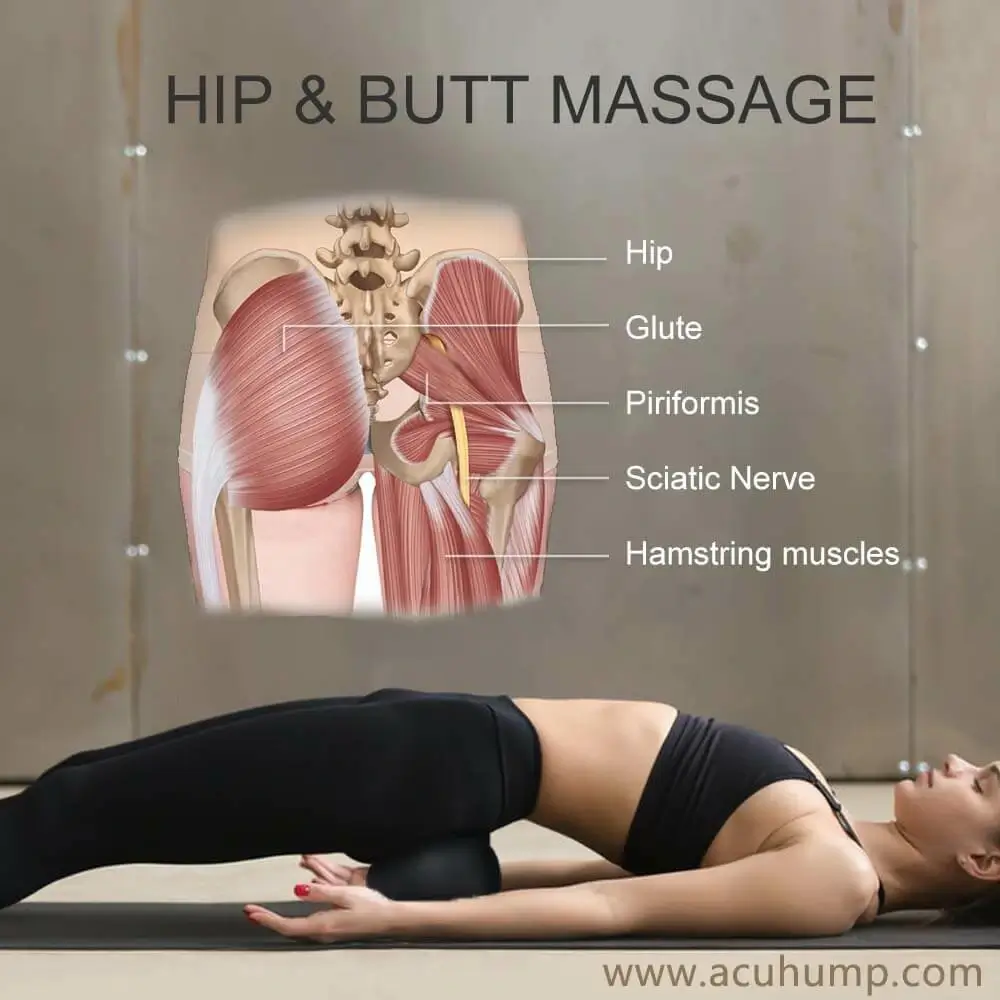
Incorporate Acu-hump into your stretching routine to effectively loosen tight or pulled muscles and ease pinched nerve, to relieve buttock pain.
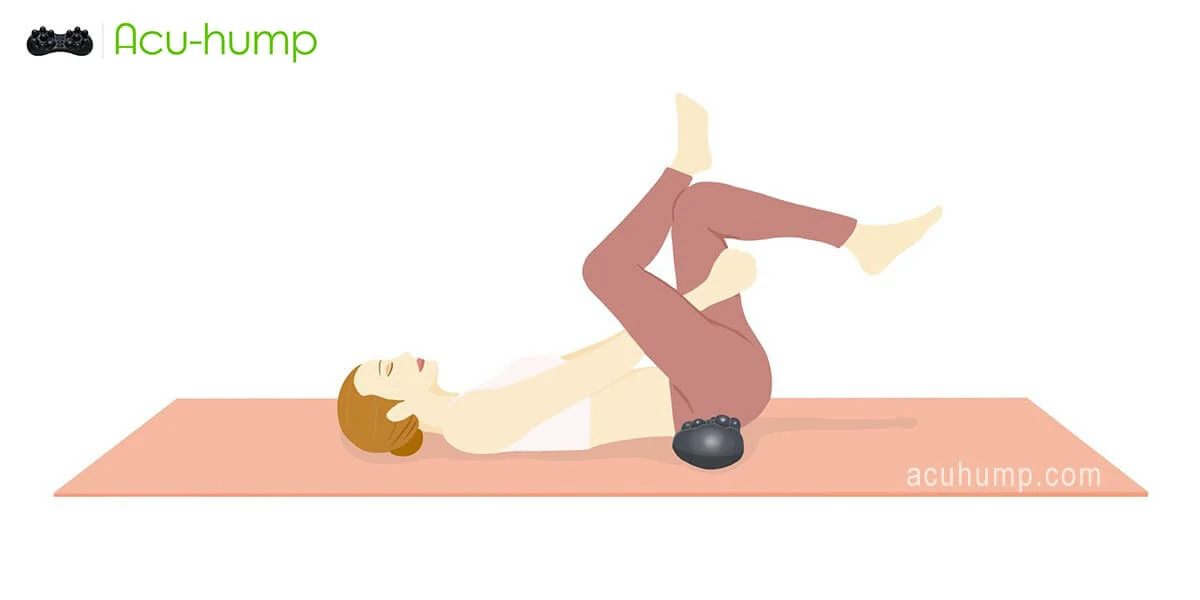
Acu-hump’s simple design and ease of use make it an excellent choice for anyone with piriformis syndrome, whether you’re suffering from acute or chronic pain. With this self-care tool, managing your symptoms and improving your quality of life has never been more accessible.

Acu-hump®
Release Butt & Lower Back
Strengthen hip muscles
A comprehensive treatment plan for piriformis pain should include exercises to strengthen muscles in the buttocks and hip. Strengthening these muscles can help improve stability, alleviate strain on the piriformis muscle, and ultimately reduce pain.
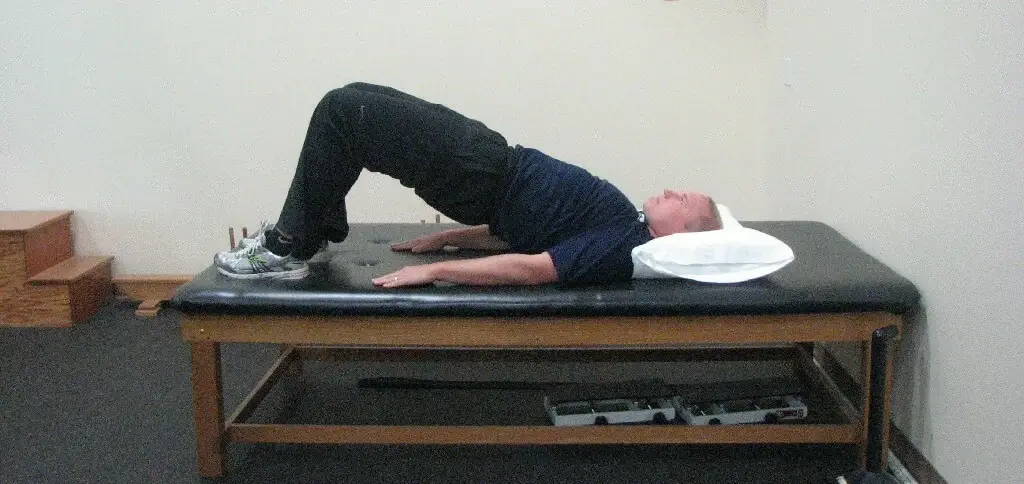
Lifestyle modifications
Making certain lifestyle modifications can play a significant role in managing and preventing piriformis pain. Avoid activities that exacerbate piriformis syndrome, such as hill running or cycling on uneven terrain. Additionally, taking frequent breaks from sitting for extended periods can help prevent the muscles from becoming tense and painful.

In some cases, your doctor may recommend non-steroidal anti-inflammatory drugs (NSAIDs) or muscle relaxers to relieve pain and inflammation. If the pain is severe, your doctor may prescribe stronger pain medication or recommend corticosteroid injections to reduce inflammation.
In particularly rare cases, surgery may also be suggested as a treatment option. However, this is only considered in cases where other treatments have failed, and surgery is seen as a last-resort option.
By embracing a proactive and multi-faceted approach, it is possible to effectively make piriformis pain go away. Implementing physical therapy, utilizing self-massage tools, strengthening hip muscles, and making lifestyle modifications can contribute to long-term relief and improved overall well-being.
Don’t let piriformis pain hold you back; take control and find the solutions that work best for you.
Acu-hump: Full refund policy. No risk for you.
Save to your phone
Piriformis Syndrome Stretches PDF

